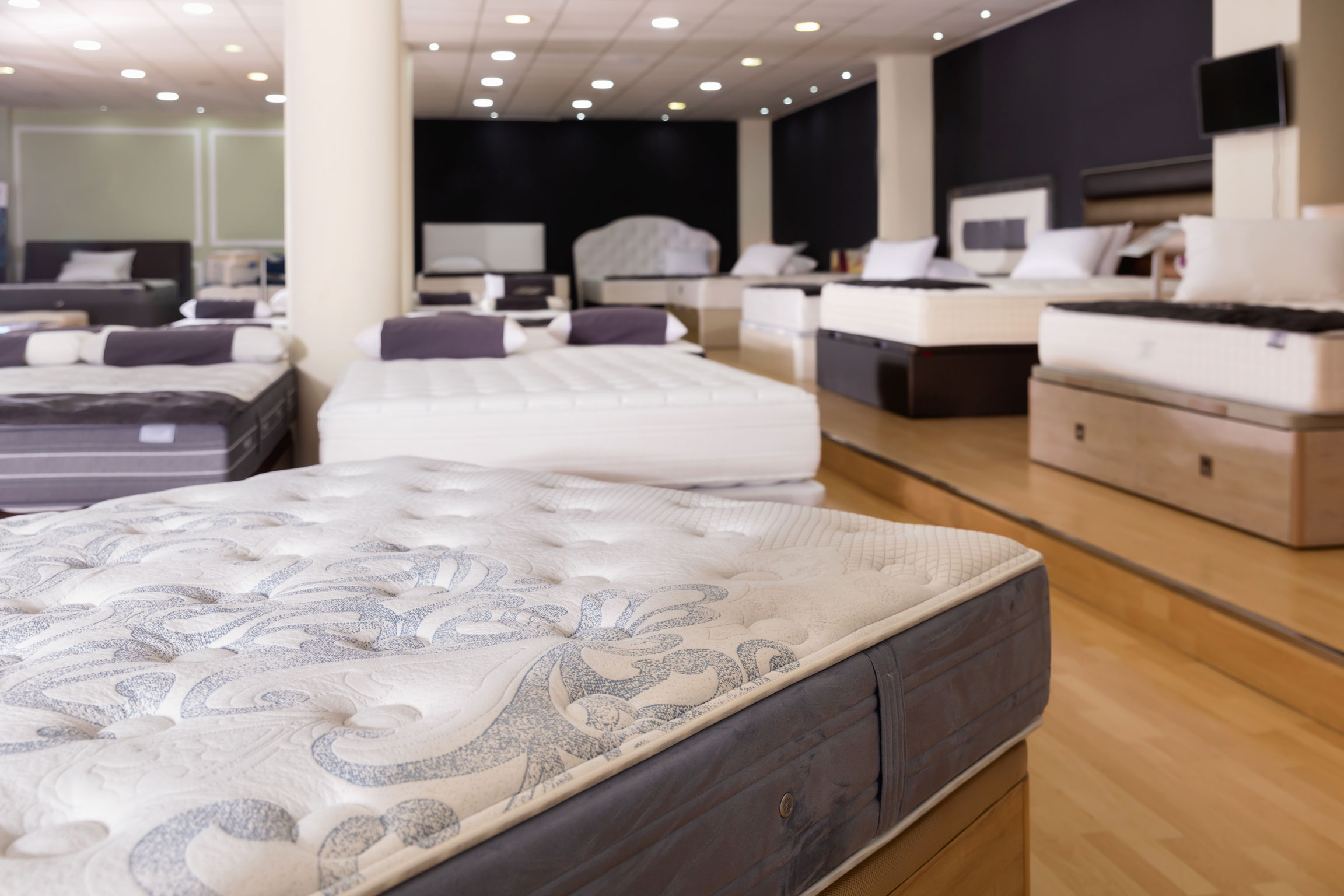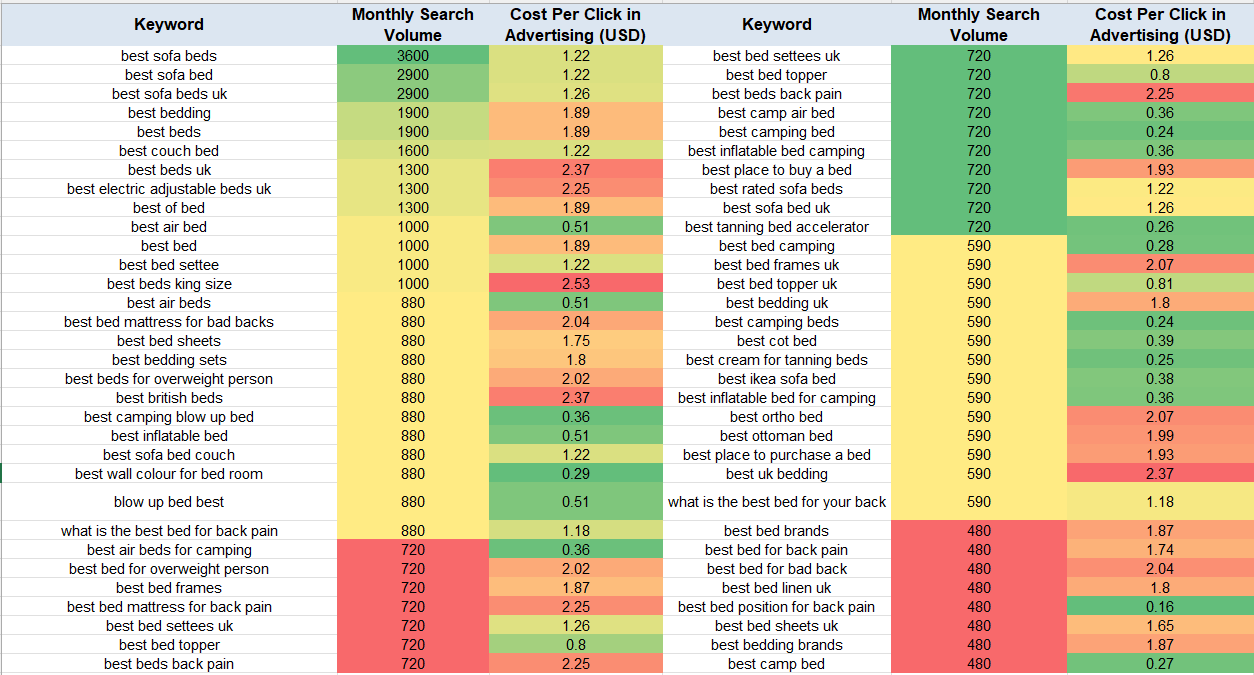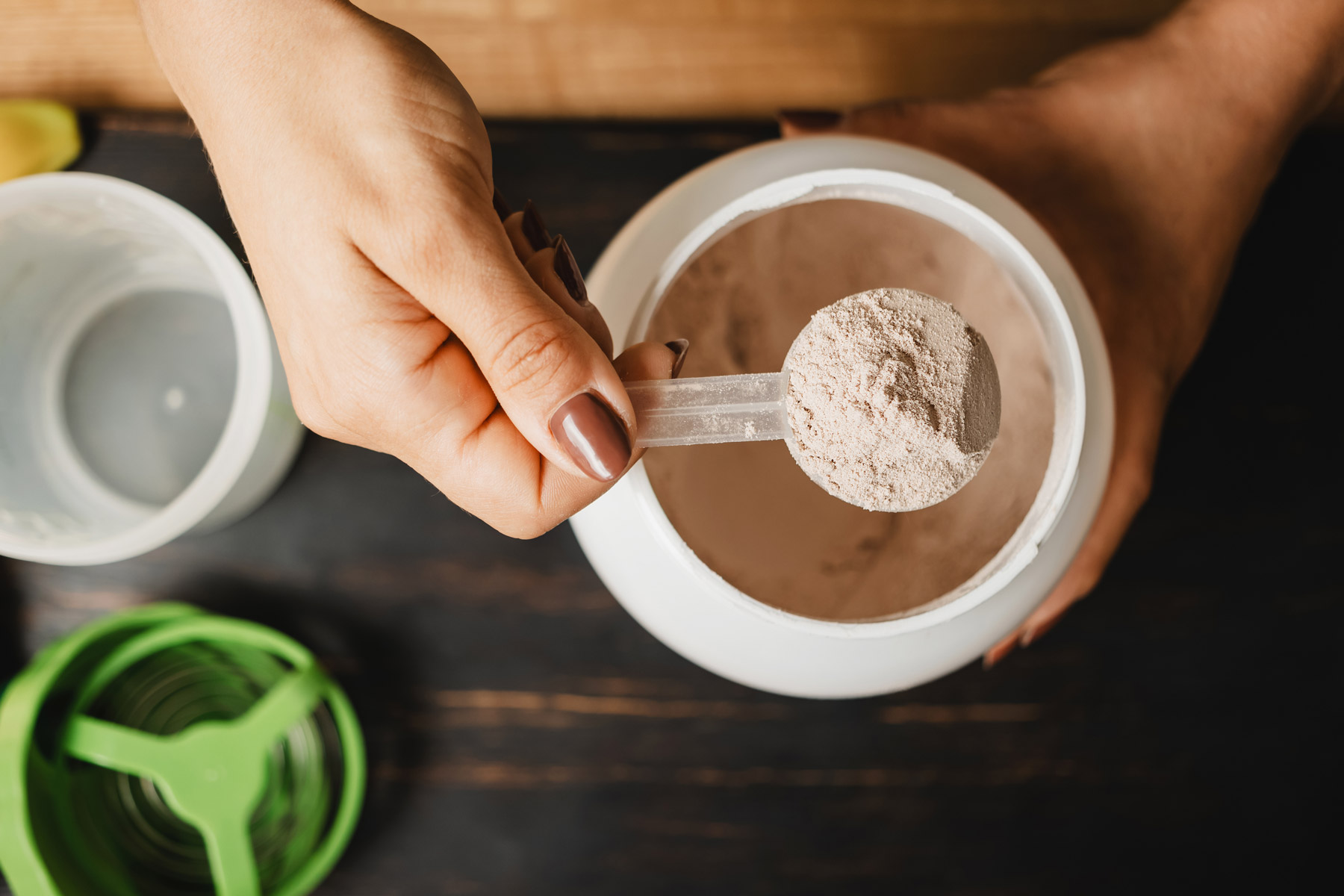National Bed Federation 2025 Consumer Survey Insights - SEO, Content and Global Growth for Bed and Mattress Companies


About one million years ago (and by that I mean late 2015 or 2016) I first encountered the National Bed Federation (NBF) in an (unsuccessful!) pitch process to revamp their website.
I’ve kept up to date with the NBF ever since due to my overlapping interests in the challenges and opportunities open to membership organisations, UK manufacturing and SMEs in general.
This month the NBF released excerpts from the 17th annual Consumer Bed Buying Survey which have some revealing trends about the sector that I think will also chime with other industry sectors, particularly in retail and manufacturing.
Take a look here.
Topics like customer experience, sustainability, and global growth are always good to reflect on – I definitely suggest giving the NBF site a visit and tracking down the full report if interested, but in the meantime I’ve tried to highlight some of the most notable trends – plus a few perspectives – paired with real-world retail data:
1. Sustainability sells in retail – if you localise the message.
73% of UK consumers say they’re willing to pay more for a greener mattress – but just 14% of over-55s are willing to pay a 10–20% premium. In contrast, 36–37% of 16–44s are open to that extra cost.
Looking more generally, the PwC UK Retail Outlook from this year states that, across all categories, 60% of UK consumers are said to consider sustainability when purchasing products - though price and trust still outweigh green claims.
At ICS-digital one of the things our content and SEO teams do is look at how to incorporate local customer trends and priorities into international digital marketing plans – for some markets a focus on recyclability may be a practical consideration, while in others there is more of a focus on production methods and certifications related to the product itself.
All of this can and should be included in onsite content in a non-obnoxious way from item information and materials through to elements that might help search engines rank pages more effectively, such as metadata and how pages are canonicalised.
To see how people search for sustainability-related topics in the bedding and mattress industry, we might conduct detailed keyword research on the following queries:
Searches for individual, highly-specific keywords may be low but when clustered, things get more interesting, as we can see where customer interests coalesce around certain themes and topics.
Environmental and sustainability information may only be a contributing factor to a buying decision, but it might be one of several that prompts a buying decision and helps edge out competitors.
Indeed, many leading mattress brands now highlight environmental certifications like OEKO-TEX or GOLS directly in their product descriptions – a move likely driven by both consumer demand and SEO best practices.
In retail, that kind of slim edge can make all the difference – and it starts with understanding the many topics (and types of topics) that customer audiences care about in order to avoid competing entirely on price.
2. Higher spend on mattresses, but higher scrutiny.
According to the NBF survey, the average UK mattress spend rose 8.4% year on year to £645, yet 40% of customers still spend under £400.
This reflects wider industry trends with the ONS and GfK reporting that while UK retail volumes rose 1.2% in Q2 2025, consumer confidence remains cautious, with value-for-money rated as the top decision factor in homeware purchases.
This is far from a UK phenomenon but the added challenge of selling internationally – for bed/mattress retailers as well as manufacturers and exporters more generally – is how to work within these wider consumer trends while also overcoming the disadvantages of distance.
This is something I talk about often on the Department of Business and Trade’s Digital Edge series webinars. To compete with local retailers, international exporters must understand that customers want value clarity.
That means clear pricing logic, and making sure international customers understand that they are at the centre of your business, not the periphery – and reflecting that in the SEO strategy for beds, mattresses, toppers and the like.

Things like native language site localisation, hreflang implementation, international SEO URL structure and clear shipping, payment and international support info can help close the gap and reconfirm that these customers are valuable to your brand.
Too many online retailers unconsciously seem to take international customers for granted – using localised keyword research to understand their pain points and areas of interest can help bring customers closer and drive a confident buying decision…while of course feeding into what Google says it wants in terms of Helpful Content and E-E-A-T.
3. Social media is now a global research tool, but buyers don’t always get it right first time.
According to the report, 20% of UK mattress buyers now research via social media, rising to 38% of 25–34s.
Looking at product-based marketing more generally, 42% of UK consumers and over 55% of global Gen Z use social platforms like TikTok and Instagram for product discovery, with “#TikTokMadeMeBuyIt” crossing 80B views globally.
For product discovery (particularly internationally) it makes sense to consider a platform-based marketing strategy that leads with visual (and localised) content but social can still be driving imperfect purchases.
According to the NBF report, 28% of mattress buyers later bought a topper — perhaps a strong signal that the first choice wasn’t quite right.
Looking at retail more generally, in 2025, UK ecommerce returns in furniture hit 26%, mainly due to “wrong feel” or “expectations mismatch” (Baymard + Barclaycard Consumer Research).
While some brands may appreciate the opportunity to cross-sell products like mattress toppers, it feels like the bigger win comes from getting it right first time with a product that fully satisfies.
With mattresses, whether selling locally or globally, improving guidance around product softness/hardness/sizing/materials could help, and more interactive content to guide purchases based on customer preferences.
A digital purchase could, if the customer is happy, turn into word of mouth recommendations in ‘the real world’ which drive further sales – so providing content that facilitates an informed purchase can drive future value.
4. Home purchases are about lifestyle, as well as function.
While using digital marketing methods and curated content can help to guide customers to the best product for them in terms of functionality and comfort, a home furnishing purchase is not all about its practical value.
UK and international customers are investing in home upgrades, interior aesthetics and products that say something about themselves/their sense of home.
Interior goods sales rose 5.6% year on year in 2025 (Mintel UK Furniture and Interiors Report), with TikTok searches for “bedroom makeover” up 40%.
By going beyond the basics of product-based content and sales-based marketing, manufacturers (and particularly those with exporting ambitions) can lean into aspirational lifestyle messaging to capture more traffic in the decision-making phase.
To maximise visibility at this stage, manufacturers should identify high-intent lifestyle and aspirational keywords such as “luxury home decor”, “stylish small bedroom ideas”, or “Japanese interior trends”.
These long-tail keywords reflect the growing search interest at the intersection of home interiors and lifestyle aspirations.
Combining more long form/multichannel aspirational content that taps into lifestyle trends, there’s scope to make campaign creatives and localised landing pages go further…and even drive PR interest where brands can tap into trends with expert comments and insights on matters of taste.
Summing Up
With UK goods exports projected to grow 4.1% in 2025 (UK Export Strategy Report), now is the time for British manufacturers and online retailers of all varieties to prioritise global growth.
These insights aren’t just about beds and mattresses. They show how trust, transparency, and tailored digital experiences are shaping the future of ecommerce — at home and abroad.
Of course, huge thanks are due to the NBF for continuing to lead with data-driven insights into what people really want from their sleep, their homes, and the brands they buy from.








